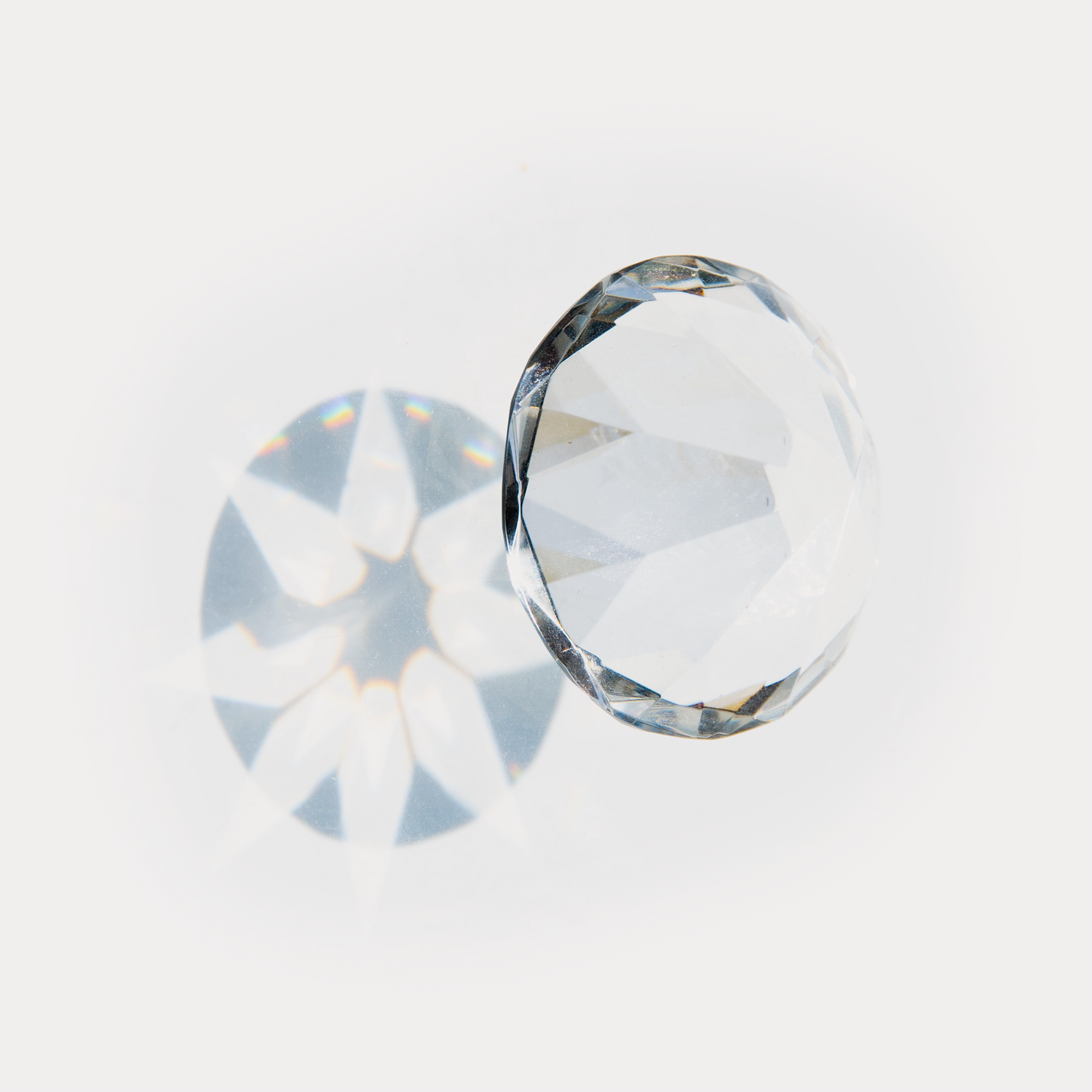
JEWELLERY & CARE GUIDES
Your Guide to Diamonds
Buying diamond jewellery can sometimes be a bit mind boggling.
We want to help you choose the perfect piece every step of the way, so we’ve created this useful guide to help you understand the 4 C’s a little better so you can feel more informed when you purchase your next dazzling diamond.
What is a Diamond?
A diamond is a precious gem formed from carbon deep within the earth’s mantle. Under immense pressure mostly between 150-250kms deep, carbon atoms form in a crystal structure to create a diamond. Due to it’s rigid arrangement of atoms, very few impurities can contaminate it.
A diamond is the hardest and toughest gemstone of all, rating a 10 on the Mohs Scale. This means that diamonds can only be scratched or broken by other diamonds. It’s their strength and durability that make them ideal for jewellery.
The 4 C’s
A diamond is graded on several factors. These are known as the 4 C’s and are: Carat, Colour, Clarity and Cut.
Each factor has an important role in determining a diamond’s value.
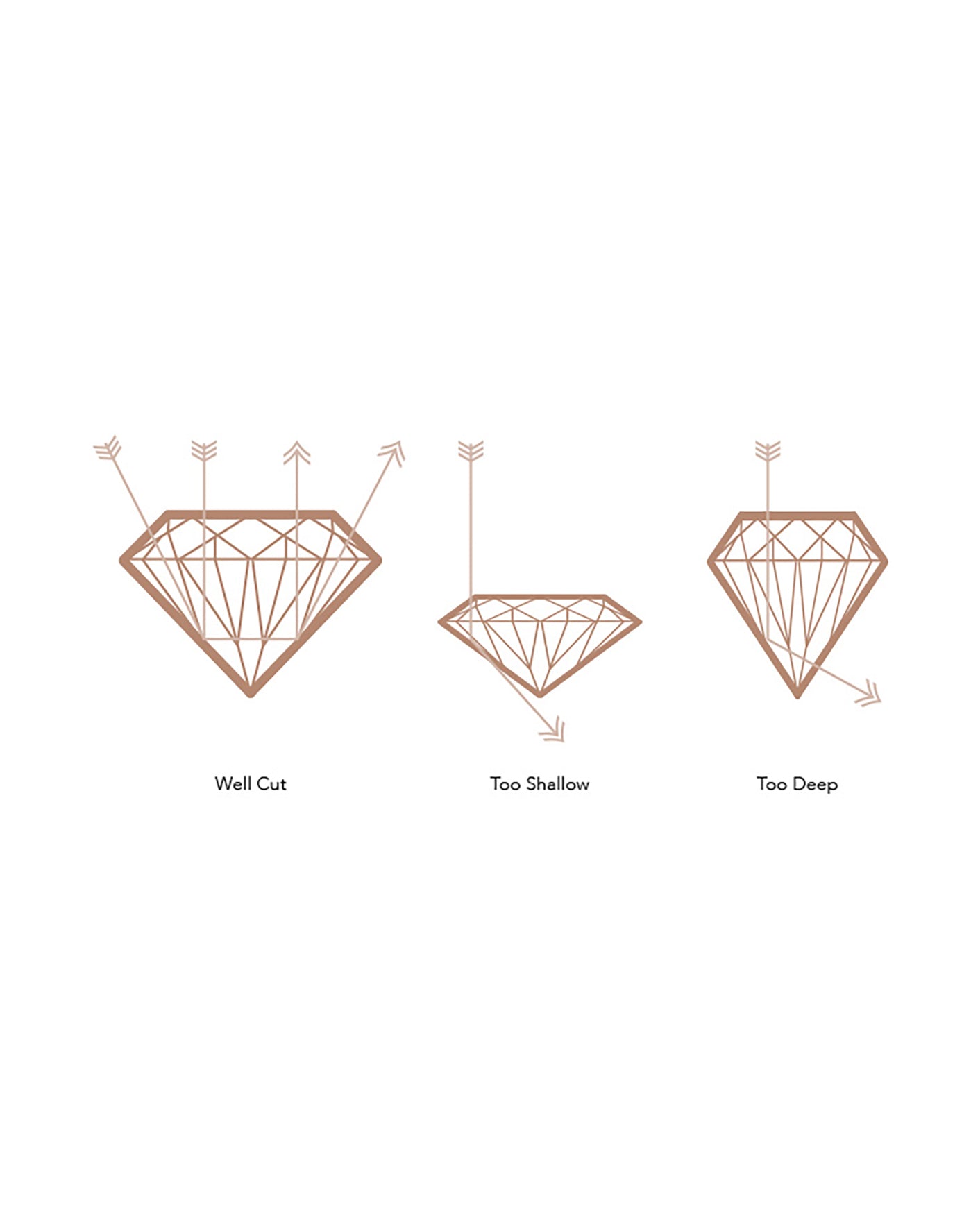
Cut
The cut of a diamond is essential to its sparkle and beauty. The cut is divided into three categories: proportions, polish and symmetry.
Each grade is evaluated as either excellent, very good, good or fair.
Proportions relate to the sizes of the facets, angles of the internal spaces and size of the top facet or the table as it is called.
Polish relates to the finish of the diamond after all polishing and cutting processes have been finished.
Symmetry relates to how well balanced the cut is on all sides. If a diamond has excellent symmetry, it will return more light and therefore sparkle more. If it is not very symmetric, light will enter the diamond and leave again, causing the diamond to look dull.
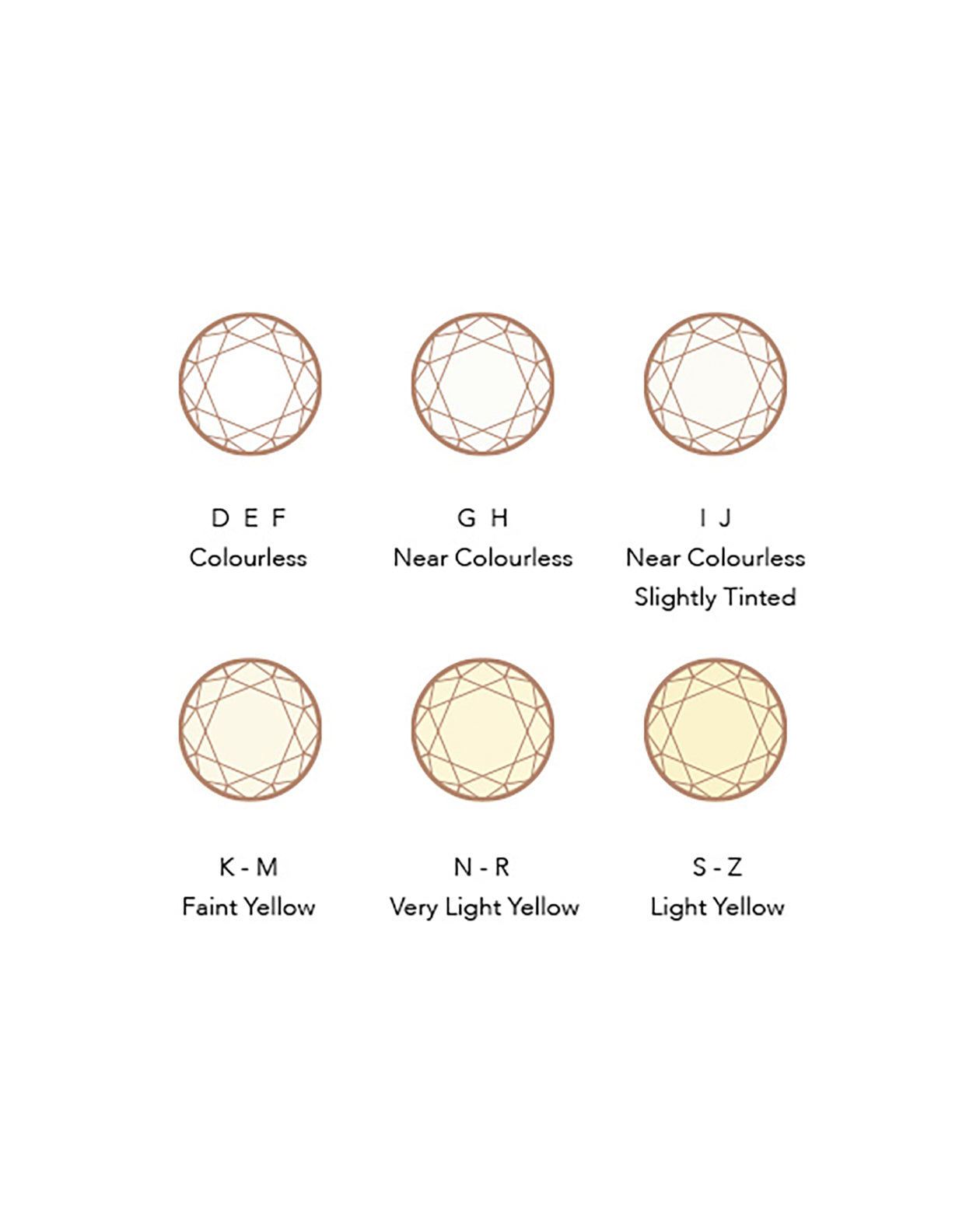
Colour
Like everything, there is a colour grading scale that gemmologists use to grade diamonds.
The whitest diamond you can get is a colour D, and this goes all the way to a letter Z.
Most diamonds that are in made up jewellery in a display cabinet will range from F-K. These are still white tinted stones. You won’t notice yellow in a diamond with the naked eye until about a colour M, so anything above this grade is considered fairly white.
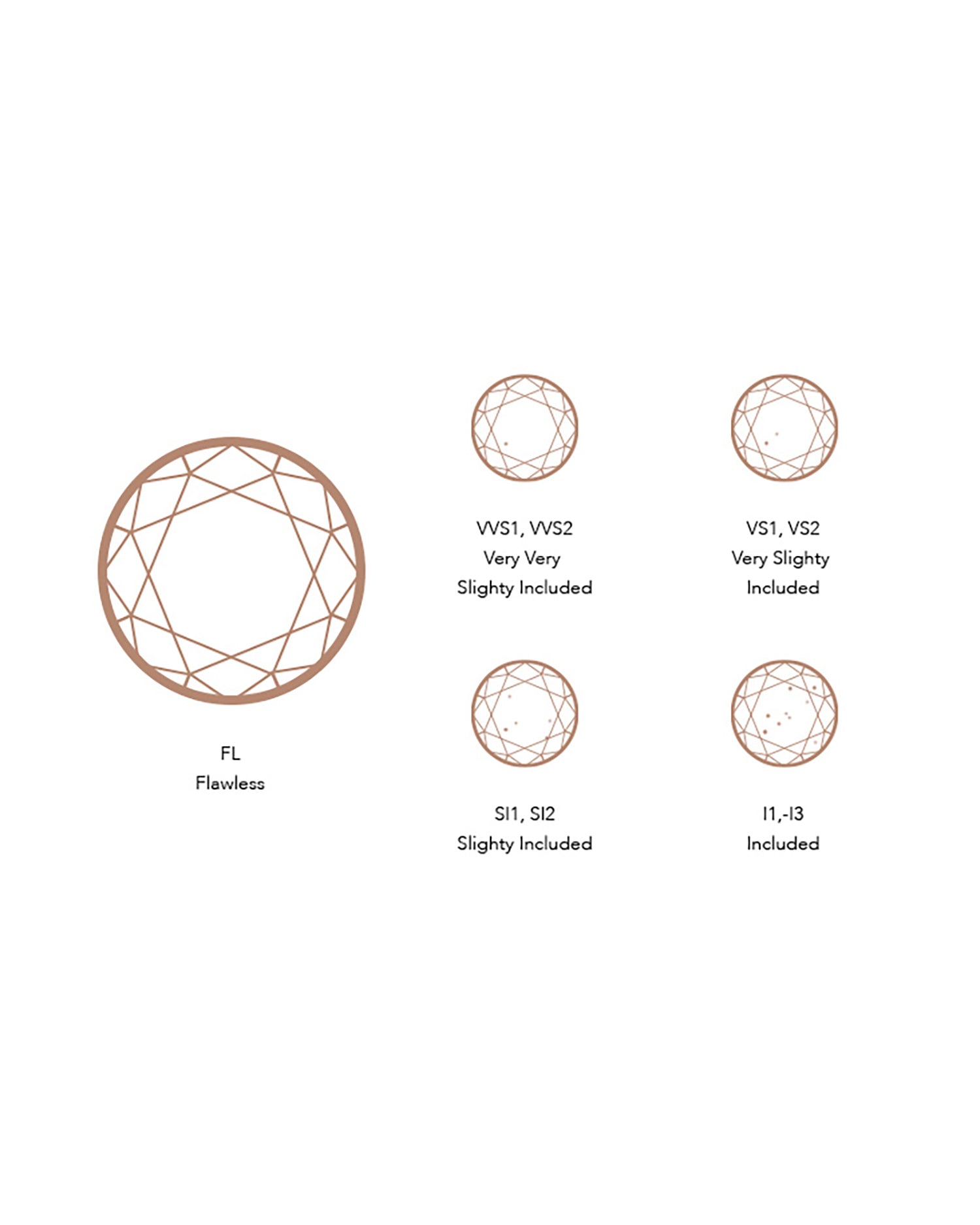
Clarity
Clarity is probably one of the most important characteristics when talking about diamonds. Diamonds are natural stones and most have some form of inclusions. Inclusions are flaws or blemishes within the stone or close to the surface.
There are many different types of inclusions as well as different colour inclusions. Once again, they are graded on a scale. Due to the way they are formed, it is very rare to come across an ‘internally flawless’ or ‘loupe clean’ diamond.
However, just because they are ‘internally flawless’ doesn’t mean they have no inclusions, it means no inclusions can be seen with magnification.
Most retailers will use diamonds that range from VS1-I1 in their shop window and inclusions can’t really be seen with the naked eye until about SI1-I1.
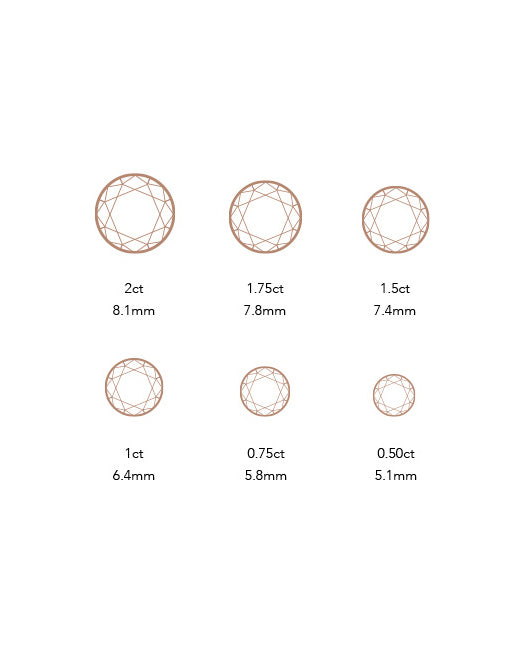
Carat
It is often thought that the term ‘carat’ relates to size. However, it is actually a weight.
Diamonds are weighed in carats. 1 carat is equal to 0.2grams and 1 carat is equal to 100 points.
Generally though, when talking about a certain shape, for example, round diamonds, two diamonds of the same weight will approximately be the same size when looking from above. This is due to the way they are cut. If they have the same dimensions, they will weigh almost the same.
The 4 C’s
All of these characteristics come into play when determining the ‘value’ of a diamond. Hopefully when you visit us in-store, you will have a better understanding of the diamond world!
